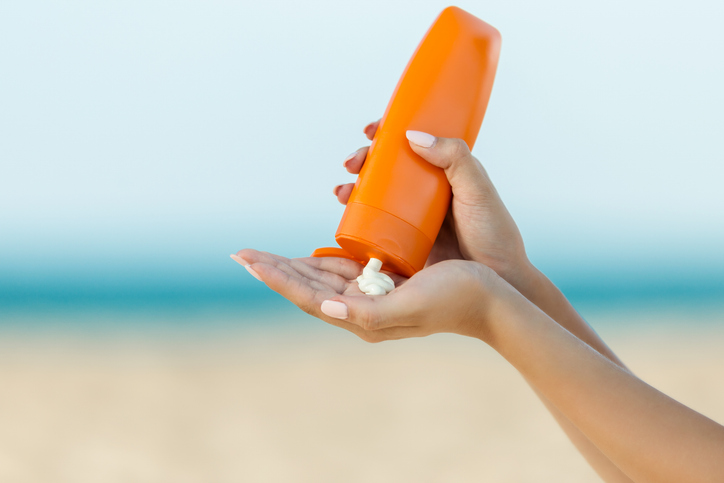Australia used to have an enviable reputation for sun safety education, but now there seems to be an annual debate, particularly on social media, about how sunscreen is ‘toxic’.
An RMIT expert debunks some common sunscreen myths. Professor Oliver Jones, Professor of Chemistry says,
“Too much ultraviolet (UV) light from the sun is responsible for most skin cancers in Australia. Wearing sunscreen is one of the ways to protect ourselves from UV rays. These products are rigorously tested for both safety and effectiveness and are proven to reduce the risk of skin cancer.
“However, social media is increasingly full of scary-sounding claims and misinformation about sunscreen. For example, that sunscreen causes cancer. There is no evidence to support this. There is, however, plenty of evidence that UV light does.
“Another myth relates to the two types of sunscreens: mineral and chemical. It’s often claimed that mineral sunscreen is a barrier that reflects UV light off the skin, while chemical sunscreen absorbs UV light. Both sunscreens are safe and work in the same way by absorbing UV light and converting it to heat; only a small amount is reflected.
“There are also unfounded claims that synthetic ingredients in chemical sunscreens may act as endocrine disruptors and interact with the body’s hormones. However, this is unlikely because the amounts in sunscreen are far too low to have an effect.
“Sunscreens are safe, they have been proven to reduce the risk of skin cancer, and the right sunscreen for you is the one you have and prefer to use.”







